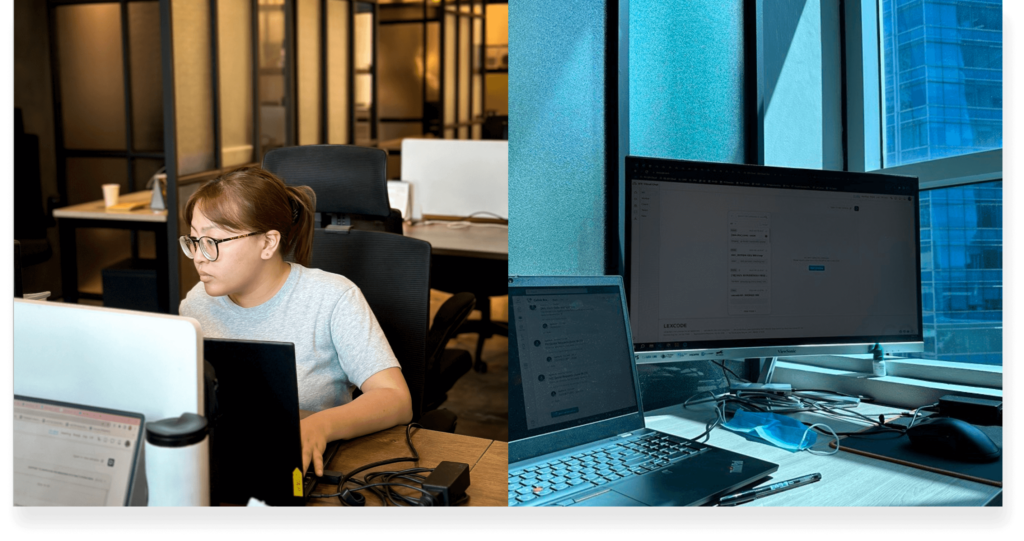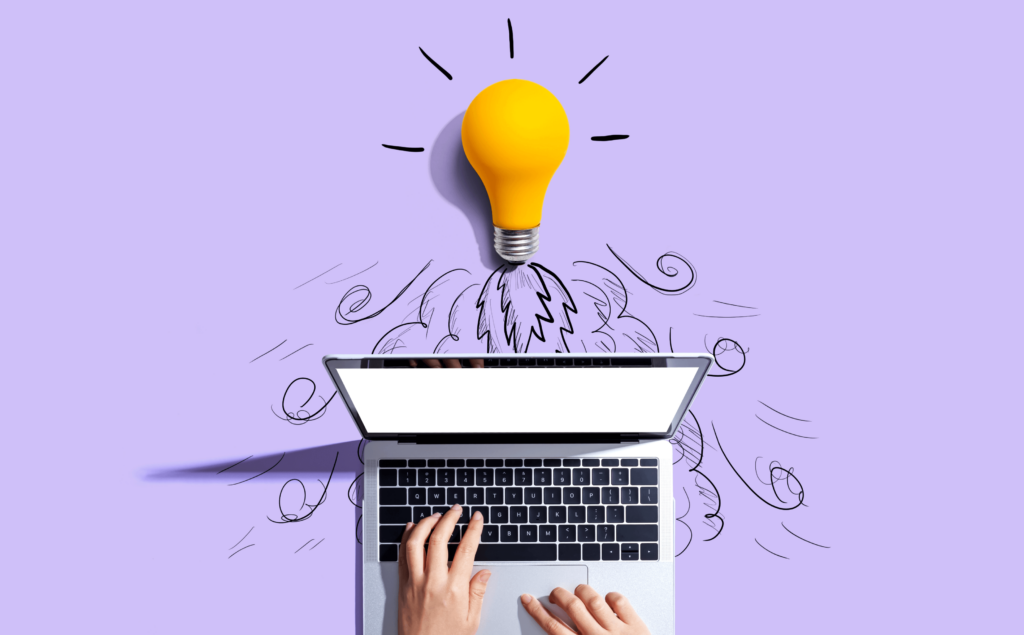
Zita P. |
July 23, 2024
In the fast-paced world of translation project management, every day is a whirlwind of decisions: selecting the right translators, meeting deadlines, managing budgets, and ensuring quality. It’s a dynamic role that requires sharp decision-making skills daily. However, constantly being in the decision-making hot seat can lead to what’s known as decision-making fatigue—a state of mental overload that can diminish your ability to make effective choices. To fight back and prevent this from happening, here are some strategies to keep decision-making fatigue at bay while maintaining the highest standards in your projects.
Embrace the Power of Routine
Why It Works: Routines minimize the number of decisions you need to make daily, conserving your mental energy for more critical choices.
How to Implement:
Prioritize Your Decisions
Why It Works: Tackling high-priority decisions/goals first ensures you’re at your mental peak when it matters most.
How to Implement:
Gamify Your Decision-Making Process
Why It Works: Turning decision-making into a game can make it more engaging and less mentally draining.
How to Implement:
Utilize Technology and Tools
Why It Works: Using the right tools can automate and simplify decision-making, freeing up your cognitive resources.
How to Implement:
Project Management Software: Tools like Notion, ClickUp, or Monday.com can help you organize tasks, set deadlines, and track progress with minimal manual input.
Computer-Assisted Translation Tool (CAT Tool): Invest in a robust CAT Tool that offers translation memory storage, machine translation application, and quality checks. This reduces the number of decisions you need to make manually.
Foster a Collaborative Environment
Why It Works: Sharing the decision-making burden with your team can provide fresh perspectives and reduce individual fatigue.
How to Implement:
Schedule Downtime and Breaks
Why It Works: Taking breaks helps to reset your mental state, preventing burnout and maintaining decision-making quality.
How to Implement:
Keep Learning and Innovating
Why It Works: Staying updated with industry trends and new methodologies can provide fresh insights and reduce the mental strain of decision-making.
How to Implement:

Preventing decision-making fatigue is crucial for maintaining productivity and ensuring the success of your projects. By embracing routines, prioritizing decisions, gamifying processes, utilizing technology, fostering collaboration, scheduling downtime, and continuously learning, you can keep your decision-making skills sharp and your mind fresh. Remember, a well-rested mind makes the best decisions—so take care of yourself as you take care of your projects.
Here’s to making smart, effective, and energized decisions!
References:
Eisenhower Matrix:
Pomodoro Technique: